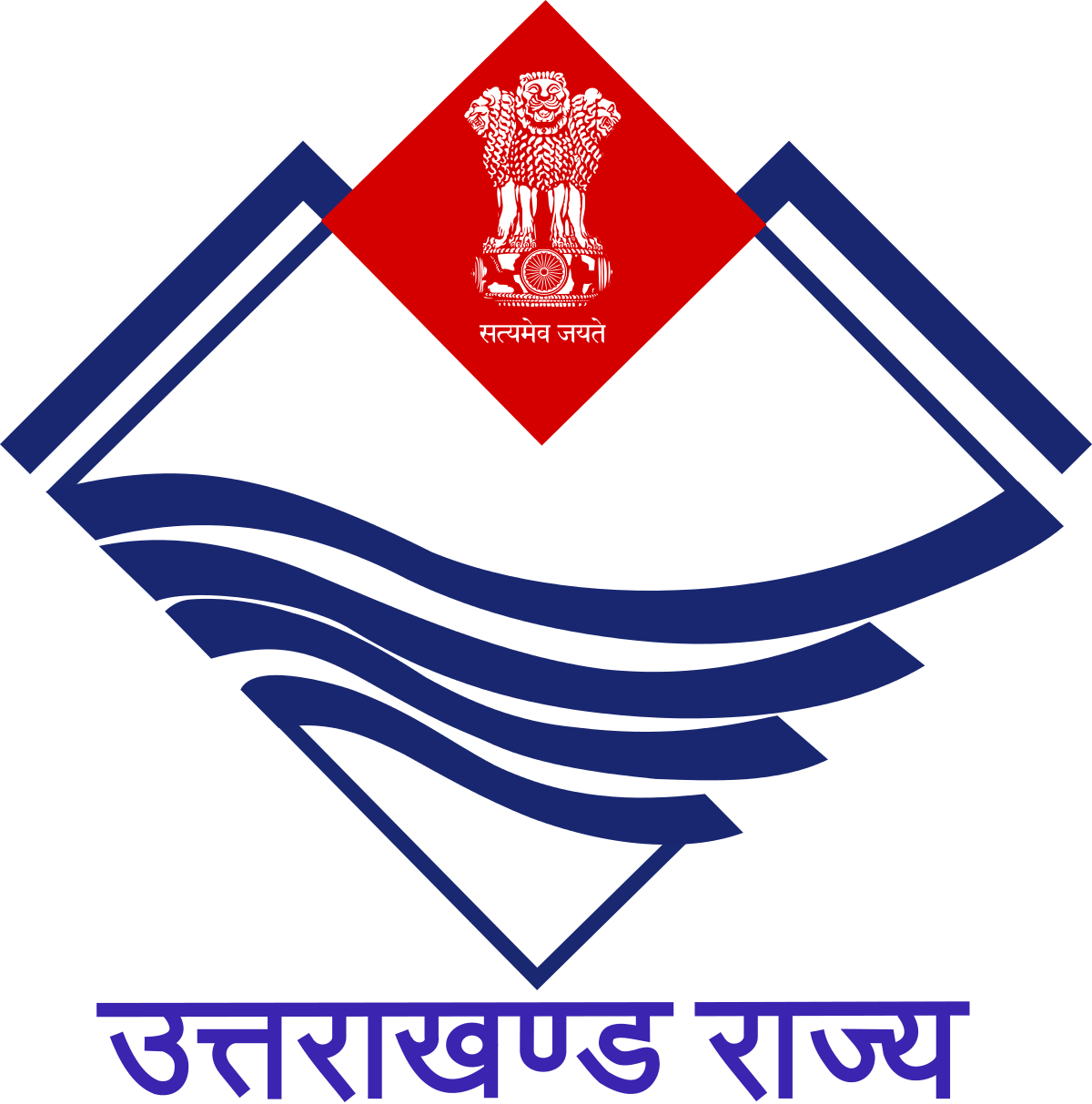 Discover Uttarakhand - Culture, Food, Attractions and Key Facts
Discover Uttarakhand - Culture, Food, Attractions and Key FactsCapital - Dehradun
No. of Districts - 13
Population - 10,086,292
Area - 53,483 sqkm
Pop. Density - 189/km2 (490/sq mi)
GDP - 2.93 lakh crore (US$41 billion)
Literacy Rate - 78.8%
Gender Ratio - 963
Official Website - https://uk.gov.in/
Uttarakhand, a state located in the northern part of India, is known for its stunning natural beauty, religious significance, and vibrant culture. Here are some key facts about Uttarakhand:
Formation: Uttarakhand was carved out of the northern part of Uttar Pradesh and established as a separate state on November 9, 2000.
Capital: The capital city of Uttarakhand is Dehradun, which is also its largest city. Dehradun is nestled in the foothills of the Himalayas.
Geography: Uttarakhand is often referred to as the "Land of the Gods" due to its numerous Hindu pilgrimage sites and the presence of several sacred rivers, including the Ganges and Yamuna. The state is characterized by its diverse geography, which includes the Himalayan mountain ranges, dense forests, and fertile plains.
Tourism: Uttarakhand is a popular tourist destination, attracting millions of visitors each year. It is home to several hill stations such as Mussoorie, Nainital, and Almora, which offer breathtaking views of the Himalayas. The state is also famous for its wildlife sanctuaries, national parks (such as Jim Corbett National Park), and adventure sports activities like trekking, rafting, and skiing.
Religious Importance: Uttarakhand is renowned for its numerous Hindu pilgrimage sites, including the Char Dham Yatra comprising Yamunotri, Gangotri, Kedarnath, and Badrinath. Other significant religious sites include Haridwar, Rishikesh, and Hemkund Sahib.
Culture: The culture of Uttarakhand is rich and diverse, with influences from various ethnic groups and communities. The state is known for its traditional music, dance forms (like the popular Garhwali and Kumaoni dances), festivals (such as Kumbh Mela and Magh Mela), and cuisine, which includes dishes like chainsoo, kafuli, and a variety of sweets made from locally sourced ingredients.
Economy: Agriculture is the primary occupation in Uttarakhand, with crops like rice, wheat, millets, and pulses being cultivated in the fertile plains. The state also relies heavily on tourism, hydroelectric power generation, and the production of herbs and medicinal plants.
Education: Uttarakhand is home to several prominent educational institutions, including the Indian Institute of Technology (IIT) Roorkee, Forest Research Institute (FRI), and several universities and colleges offering courses in various disciplines.
Language: Hindi is the official language of Uttarakhand, although various regional languages such as Garhwali and Kumaoni are also spoken by the local population.
Political Administration: Like other states in India, Uttarakhand has a Chief Minister as the head of the government and a Governor appointed by the President of India as the ceremonial head. The state has its own legislative assembly and is represented in the Indian Parliament by Members of Parliament (MPs) and Members of Legislative Assembly (MLAs).